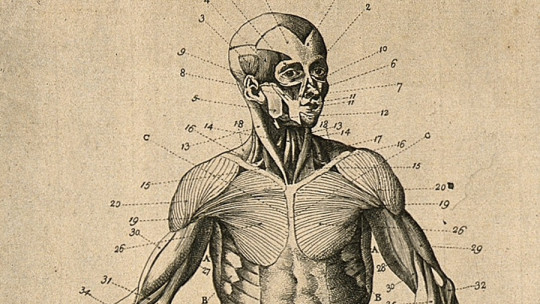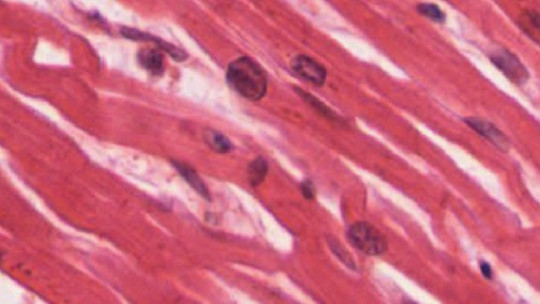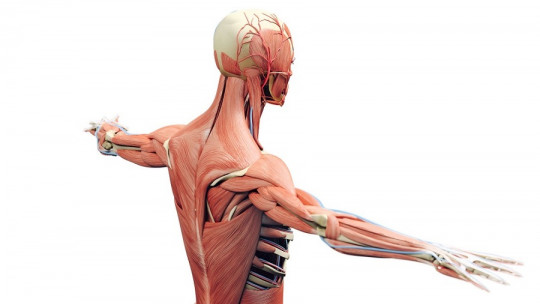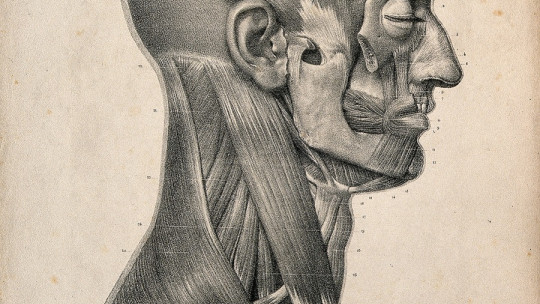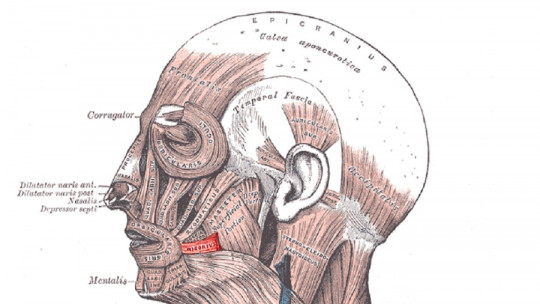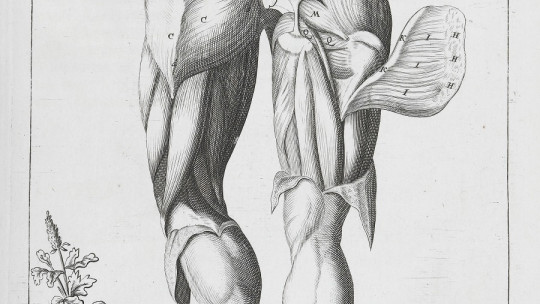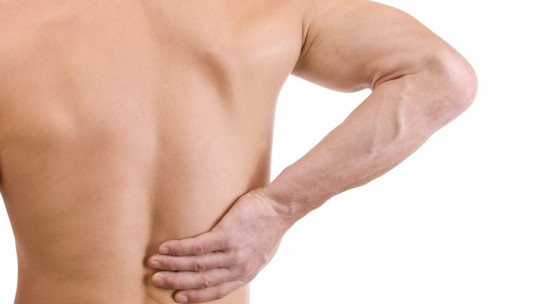
The human body has more than 650 total muscles, which together comprise 40-50% of the weight of a healthy adult individual.
Although the muscular system has been widely studied on multiple occasions, it is necessary to emphasize that some researchers only include muscles that contract voluntarily (skeletal) in this device. According to other authors, smooth or involuntary muscles and cardiac muscles would also fall within this system.
In any case (and despite organizational disagreements), the function of musculature is clear and concise: to allow the movement and permanence of the human being in a three-dimensional space and enable the functionality of internal systems. We are not just talking about holding an object or pumping blood: did you know that, for example, a human being requires the action of 12 facial muscles to smile?
Beyond running and jogging, muscles allow us to transmit emotions, show disagreement, joy and even speak and express ourselves as a species. From movement to speech, pumping blood and stability in airspace, conceiving life without muscles today would be an impossible task. Stay with us then We tell you everything about an extremely unique muscle: the sternocleidohyodeus
What are muscles?
Before diving into the particularities of this muscle, it is advisable to lay the foundations surrounding the topic. A muscle could be defined as a contractile organ that determines the shape and contour of our body and that also has cells capable of elongation along its contraction axis.
There are 3 types of muscle tissues, which in turn give rise to 3 major muscle variants. These are the following:
We have a minimum of 650 muscles making up our body, all of them volunteers (skeletal). If we start counting the smooth and cardiac muscles, this number easily rises to 840 muscles in total. Of course, we are moving in figures that are not inconsiderable.
What is the sternocleidohyoid muscle?
The muscle that concerns us today falls into the group of skeletal muscles, that is, the voluntary striated muscles typical of the muscular apparatus. It is the most superficial of the muscles of the infrahyoid region (below the hyoid bone, located in the front part of the neck and below the tongue), whose joint function is to flex the head and allow the movement of the larynx during speech, among other things.
This muscle is characterized by having a ribbon shape that is distributed on both sides of the neck, about 20 millimeters wide and fleshy in nature. We dissect each of its particularities in the following lines.
1. Origin
The sternocleidohyoid muscle originates with a tendon that inserts into 4 different structures These are the posterior edge of the clavicle (connecting bone of the sternum with the shoulder blade), the posterior surface of the sternoclavicular ligament, the lateral half of the manubrium of the sternum (bone of the central and front part of the thorax) and the first costal cartilage (which joins the first ribs to the sternum).
2. Inserts
Its anatomical path is “upwards”, and towards the center to the lower edge of the hyoid bone To do this, it is inserted on the upper surface of the posterior edge of the clavicle, on the posterior surface of the sternoclavicular ligament, on the lateral half of the sternal manubrium and on the first costal cartilage. It should be noted that its path towards the hyoid bone is not completely straight, since the Adam’s apple is interposed between the lower insertion point and the bone already mentioned.
3. Innervation
Its innervation comes from the hypoglossal loop, the union of fibers from the C1-C2-C3 roots of the cervical plexus. This nervous structure mainly controls the motor functions of the neck. The contraction of the sternocleidohyoid muscle, through the nerve signals of this plexus, causes the descent of the hyoid bone (in which it is inserted in its later section).
4. Relationships
As we have said previously, the sternocleidohyoid muscle is part of the infrahyoid muscle group, located below the hyoid bone. These muscles fix the bone and cause its descent through contractions, which is essential for speech and swallowing, among other things. Some of the muscles that are related to the one we are interested in here are the following:
5. Blood supply
The sternocleidohyoid muscle, like all human tissues, requires blood flow so your cells can get oxygen and nutrients, among other things The lingual artery and the superior thyroid are responsible for this.
Before the lingual artery enters the tissue of the tongue (its final destination), it gives off a hyoid branch that follows the superior border of the hyoid bone. Thus, it gives off a series of branches that nourish the aforementioned muscles.
Functions of the sternocleidohyoid muscle
The anterior part of the neck contains a series of structures vital for the development and survival of the human species The muscles involved (including the sternocleidohyoid) are responsible for carrying out head and neck movements, but they also play essential functions in processes such as facilitating swallowing and phonation (speech in humans).
In addition to producing the lowering of the hyoid bone when it contracts, The infrahyoid muscles act as protectors of the trachea, the esophagus, the vascularization of the area and the thyroid glands s (which produce parathyroid hormone, modulating the amount of circulating calcium).
Above them sits the neck fat, an important absorber of mechanical damage that could seriously compromise the speech, respiratory and swallowing apparatus. Finally, above this fat is the skin of the neck, the first barrier that prevents the entry of pathogens.
The role of the sternocleidohyoid in swallowing
As a final note, we are going to explore the mechanism by which the sternocleidohyoid facilitates swallowing in our species.
The suprahyoid muscles elevate the hyoid bone (and consequently the larynx) with their contraction, an activity produced in the act of swallowing. This action closes the air channels, which prevents food from entering the wrong places Once food has passed from the pharynx to the esophagus, the sternocleidohyoid muscle helps reopen the laryngeal cavity (by lowering the hyoid and larynx), thus allowing air to flow back into the lungs. Without a structure as small and simple as this muscle, the breathing and swallowing process in humans would surely be much more difficult.
Summary
Spaces like this show that even the smallest muscle and even the least “relevant” bone play essential roles in the physiology and maintenance of the human body over time. Thanks to the sternocleidohydeus muscle (along with others), the lowering of the hyoid bone occurs, an essential process for swallowing, sound production and breathing, among other things.

